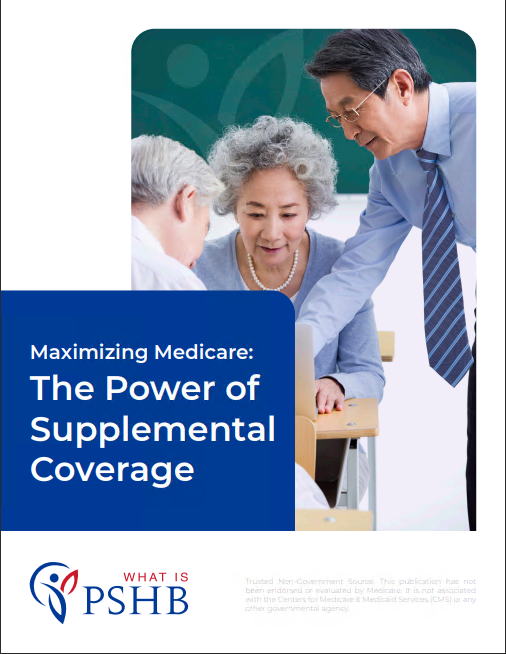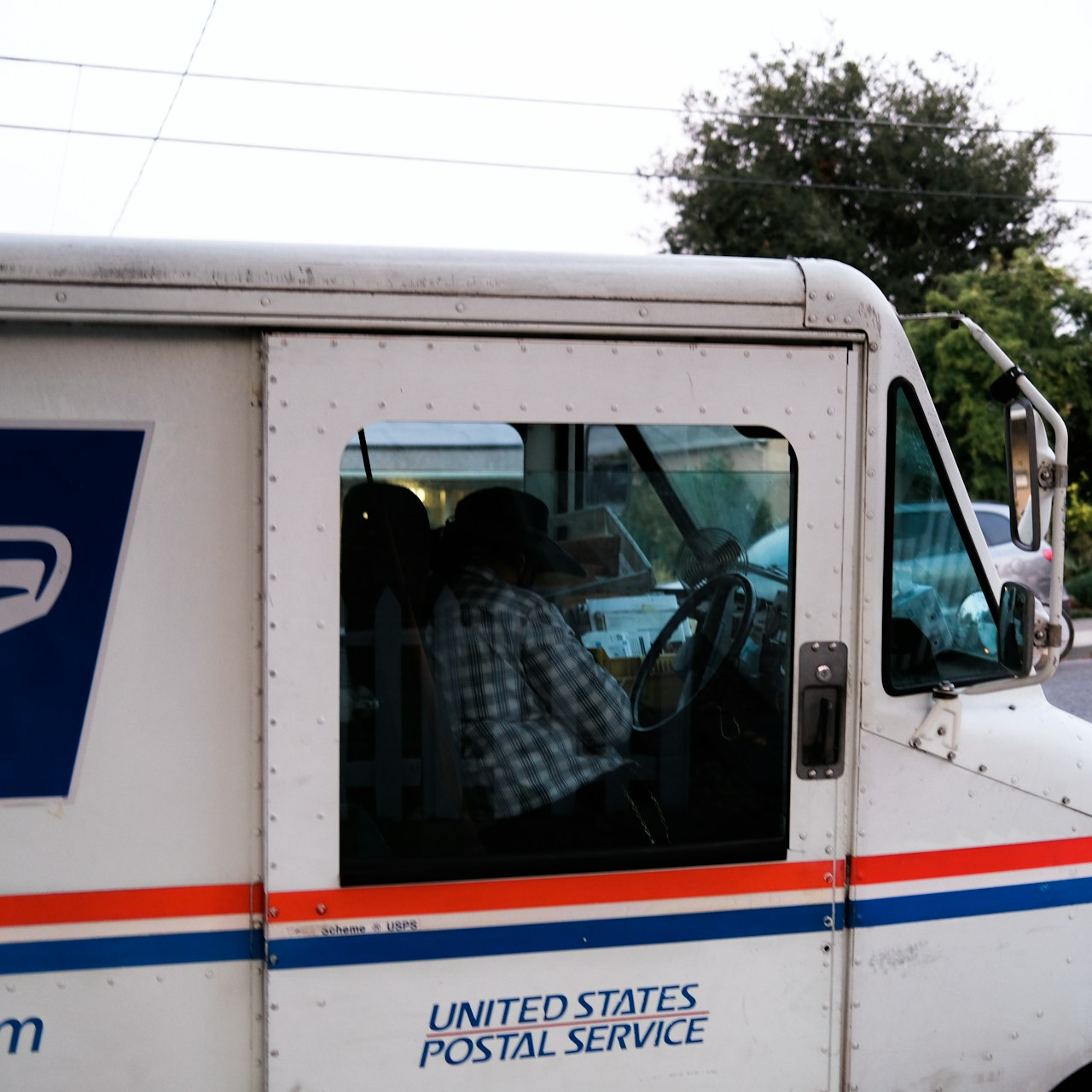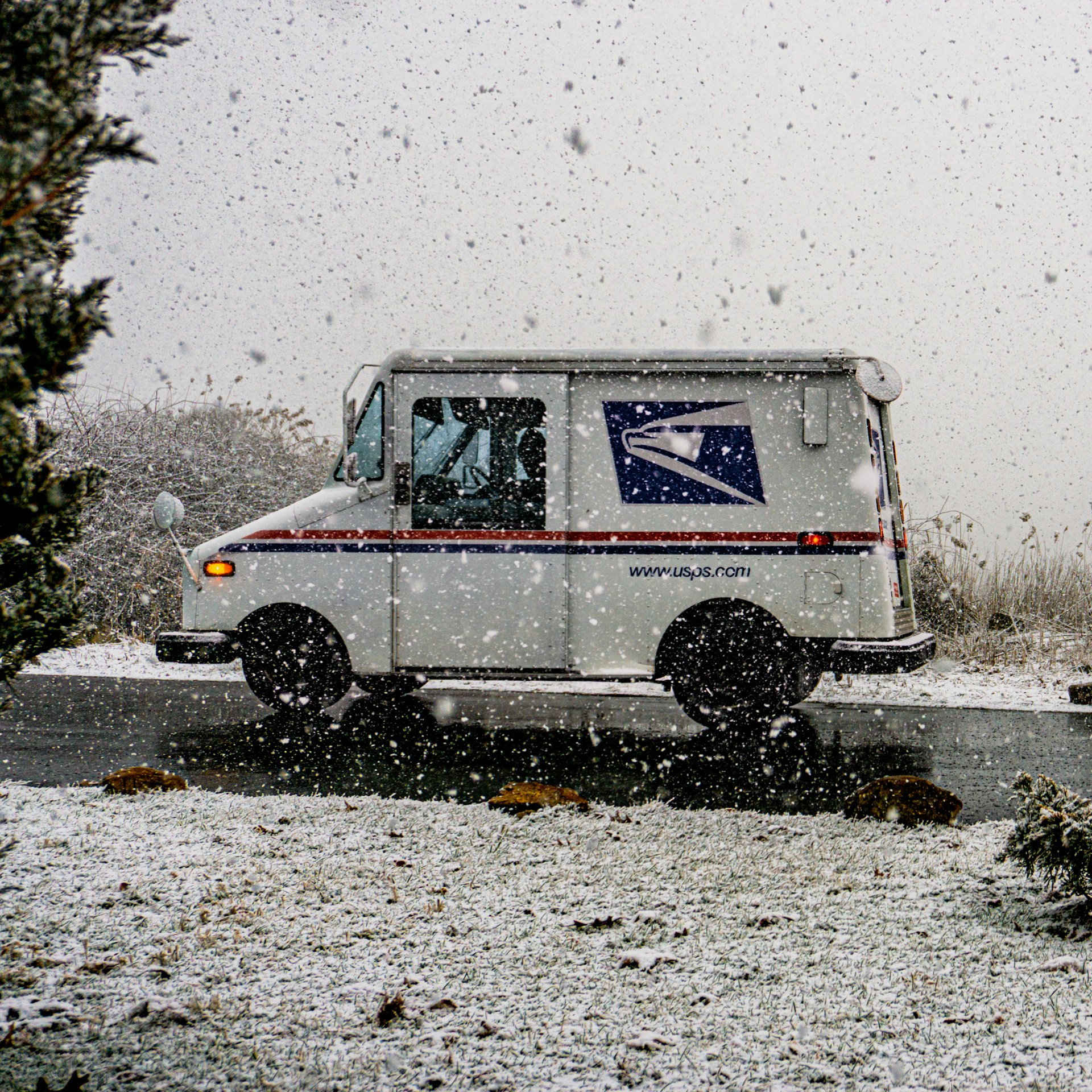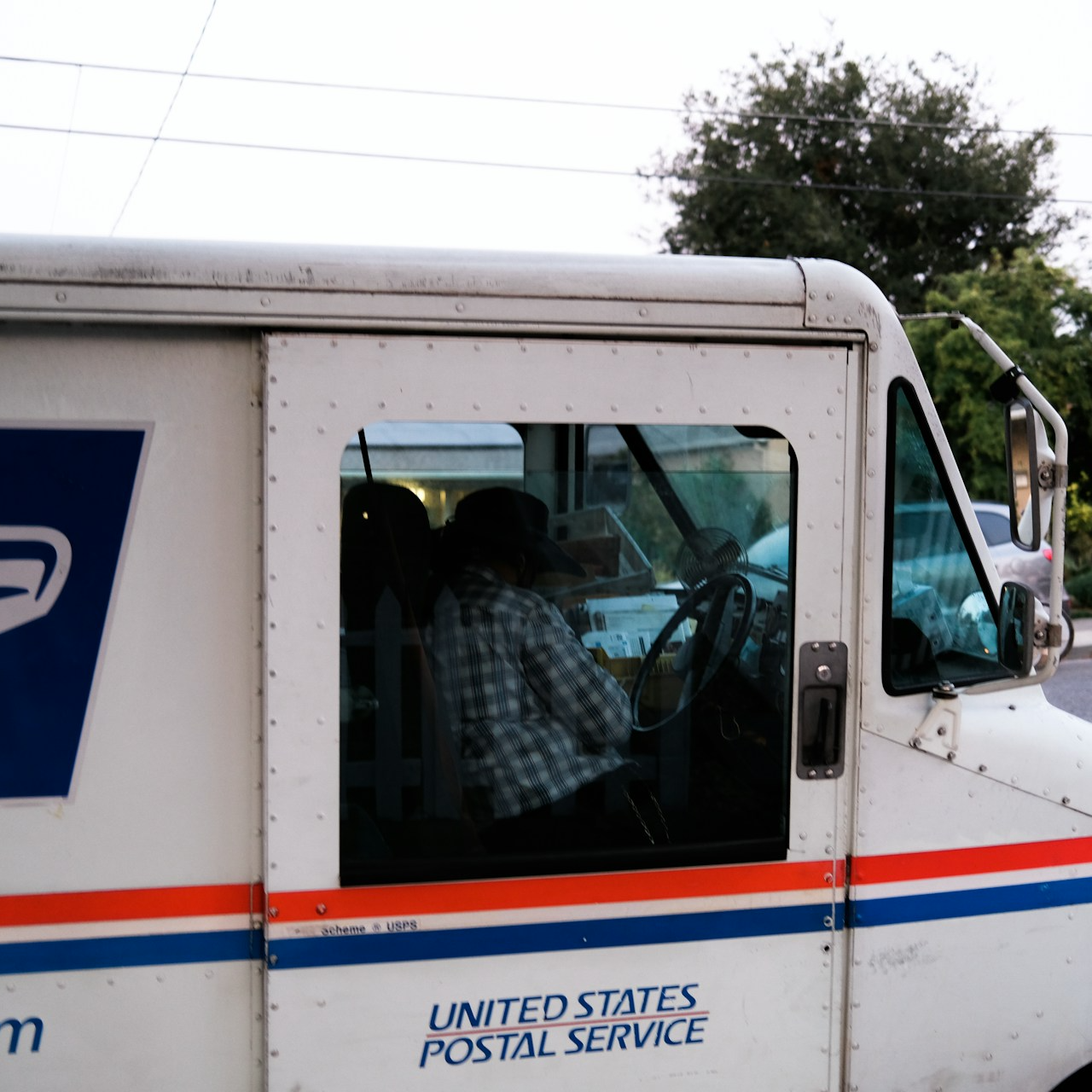Key Takeaways
- The 2024 Postal Service Health Benefits (PSHB) Open Season runs from November 11, 2024, to December 9, 2024. This window is crucial for making decisions about your benefits for the coming year.
- Significant changes to the Postal Service Health Benefits (PSHB) will take effect on January 1, 2025, and could affect both active and retired USPS workers. Being prepared now ensures a smoother transition.
What Is the Postal Service Health Benefits (PSHB) Open Season?
If you are a United States Postal Service (USPS) worker or retiree, you’re probably familiar with the concept of “Open Season.” For the uninitiated, Open Season is the annual window during which you can make important decisions about your health benefits. It’s an opportunity to review your current coverage, assess if it still fits your needs, and make adjustments as necessary. This year, Open Season is set to occur from November 11, 2024, to December 9, 2024, and it’s more critical than ever to pay attention.
The Postal Service Health Benefits (PSHB) program will officially roll out on January 1, 2025. That means this Open Season is not just business as usual—it marks the last chance to enroll or make changes before the new program fully launches. It’s vital that you understand what the PSHB is, how it differs from your current Federal Employee Health Benefits (FEHB) plan, and how it may impact your future healthcare.
How Does PSHB Differ from FEHB?
One of the most pressing questions for USPS workers is how the Postal Service Health Benefits program will differ from the Federal Employee Health Benefits program. While both provide coverage for federal employees, PSHB is specifically tailored to USPS workers and retirees, offering plans that are exclusive to them. The introduction of this new program is part of the larger Postal Service Reform Act, which aims to address the financial sustainability of USPS benefits.
Key Differences:
- Separate Risk Pool: Unlike FEHB, which pools risks and costs across all federal workers, PSHB will have a separate risk pool specifically for postal employees. This could lead to changes in plan costs and benefits structures.
- New Providers and Networks: The switch to PSHB may introduce new healthcare providers or modify existing networks. It’s crucial to verify whether your current healthcare providers are still part of the network before you make any decisions.
- Mandatory Enrollment for Retirees: If you are retired or nearing retirement, this Open Season might have additional significance. Most retirees currently enrolled in FEHB will be automatically transitioned into PSHB, but it’s essential to confirm your enrollment and make any necessary adjustments.
Who Needs to Pay Extra Attention to This Open Season?
Not everyone will experience the same impact from these changes, but certain groups should pay closer attention to this Open Season:
-
Active USPS Workers: If you are still working and covered under FEHB, this is your opportunity to shift into PSHB or make changes to your existing coverage. Failing to act could result in coverage gaps or unnecessary costs in 2025.
-
Retirees: Retirees under the FEHB will be automatically transitioned into the new PSHB program. However, if you are nearing retirement or already retired, this transition could have implications for your healthcare options, especially when considering Medicare integration. Retirees who are eligible for Medicare may be required to enroll in Medicare Part B under PSHB, so be sure to review how this might affect your out-of-pocket costs.
-
Medicare-Eligible Employees: If you are eligible for Medicare, understanding how PSHB integrates with Medicare will be crucial. Many USPS retirees will need to enroll in Medicare Part B to maintain the same level of benefits. This could be an added cost to consider, so be sure to budget accordingly during Open Season.
What Should You Be Doing Now?
Preparation is key to navigating this year’s Open Season. To make the best choices, you’ll want to start gathering information now, well before the November 11, 2024, kickoff date.
Step 1: Review Current Coverage
Start by reviewing your current health plan and any changes you’ve experienced over the past year. Did your medical needs increase? Did you add any dependents to your plan? These personal changes should inform your decisions going into the new Open Season.
Step 2: Study PSHB Options
Familiarize yourself with the Postal Service Health Benefits plans that will be available. Pay close attention to differences in premium costs, coverage networks, and benefit limits. Although specific plan prices won’t be available until closer to the Open Season window, having a general understanding of what the PSHB offers will put you in a strong position to make the right choice.
Step 3: Check Medicare Eligibility
If you’re nearing retirement age or already retired, you’ll need to assess how PSHB will work with Medicare. Under PSHB, you may be required to enroll in Medicare Part B if you’re eligible, which could impact your healthcare costs.
Step 4: Plan for the Long-Term
Finally, consider your long-term healthcare needs. USPS employees nearing retirement may want to think ahead about how their healthcare needs will change in the coming years, especially as they transition from employee to retiree coverage.
How Can You Ensure a Smooth Transition to PSHB?
The transition from FEHB to PSHB is likely to come with some bumps in the road, but there are a few steps you can take to ensure the process goes as smoothly as possible:
-
Stay Informed: Keep an eye on official USPS communications and the Office of Personnel Management (OPM) for updates. This will ensure that you don’t miss any important deadlines or new information that could affect your decisions.
-
Reach Out for Help: If you’re confused or overwhelmed by your options, don’t hesitate to seek assistance. USPS is expected to offer additional resources and customer service support to help workers and retirees understand their new options under PSHB. You can also consult with licensed insurance agents who specialize in government employee benefits.
-
Keep Track of Important Dates: Missing deadlines can lead to unwanted consequences like gaps in coverage. Mark the following dates in your calendar:
- Open Season: November 11, 2024 – December 9, 2024
- PSHB Launch: January 1, 2025
By staying on top of these key dates, you can ensure a smoother transition to the new health benefits system.
What If You Miss Open Season?
Missing the Open Season window could have significant implications. If you fail to review and adjust your benefits by December 9, 2024, you may have to wait until the next Open Season in 2025 to make changes to your health coverage. This could result in being locked into a plan that no longer fits your needs, or even in gaps in coverage. Make sure you’re prepared and don’t miss this critical period.
Preparing for 2025: What’s Next?
The Postal Service Health Benefits program is a big change, but it’s also an opportunity to reassess your healthcare needs and make sure you’re getting the best possible coverage. Take time now to review your options, plan for future healthcare needs, and be ready for the changes that 2025 will bring. Open Season only lasts for a short period, so make the most of it.
This is your chance to ensure that your healthcare benefits will support you and your family both now and in the years to come. Take action, stay informed, and prepare for a smooth transition to PSHB.
The Path to Better Health Benefits Starts Now
The upcoming transition to Postal Service Health Benefits in 2025 represents a major shift for USPS workers and retirees. By acting early and taking the time to review your options during Open Season, you can position yourself for better, more tailored health benefits in the new year. The time to act is now—don’t wait until the last minute.












